1. Lawn Darts

Lawn darts were once a classic outdoor game for families, but their dangerous design led to a ban in the late 1980s. With sharp, metal tips, these darts could cause serious injuries, especially to children who didn’t understand the risk. Despite their popularity in the ’70s and ’80s, there were reports of kids suffering from impalements. The tipping point came when a 10-year-old boy died from a lawn dart injury in 1988.
The U.S. Consumer Product Safety Commission eventually issued a ban on lawn darts, citing safety concerns. Manufacturers were required to redesign the darts, replacing the dangerous metal tips with soft, rounded ends. However, this shift did not save the original lawn dart’s reputation. As a result, what was once a backyard staple became a casualty of evolving safety standards.
2. The Original Creepy Crawlers
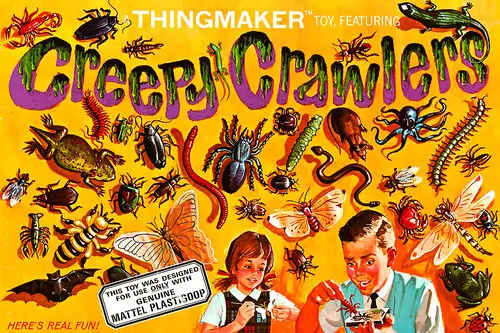
Creepy Crawlers, the beloved toy where kids could make rubbery bugs in an oven-like mold, gained popularity in the ’60s. The problem? The toy came with a heating element that could reach dangerously high temperatures. Many children suffered burns when they accidentally touched the hot plates while making their creations. By the 1970s, the toy was pulled from shelves after several incidents, with some parents questioning its overall safety.
Even though Creepy Crawlers made a comeback in the ’90s with improved designs, the original version is often remembered for being hazardous. The toy’s charm couldn’t outweigh the risks that came with its use. The toy industry’s growing focus on child safety led to its eventual removal from many toy stores.
3. The Easy-Bake Oven
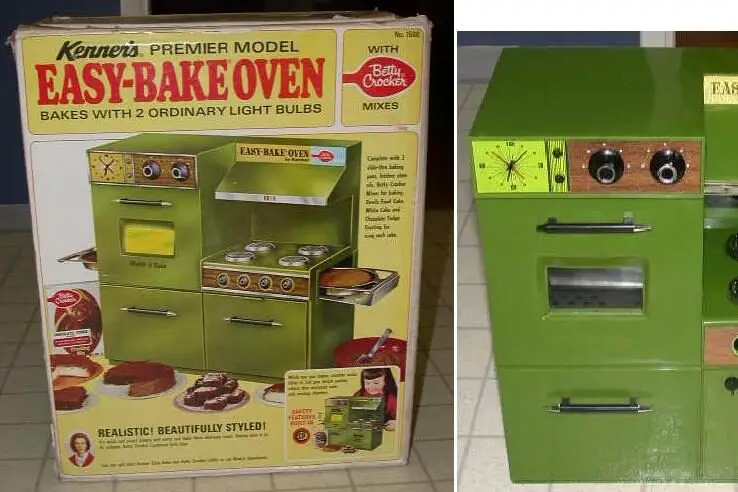
The Easy-Bake Oven is a staple of childhood memories for many, but its early versions faced major safety issues. Originally, the toy used a 100-watt incandescent light bulb to heat up its tiny oven. Unfortunately, this setup posed a risk of burns or even fire. In the 1960s, the U.S. Consumer Product Safety Commission had to step in after several children were burned.
Despite the safety issues, the Easy-Bake Oven was eventually re-engineered with safer heating elements. While the oven is still loved today, it’s hard to ignore the fact that the earlier versions posed a serious danger. The toy’s initial concept, while fun, was too risky for young hands.
4. Aqua Dots
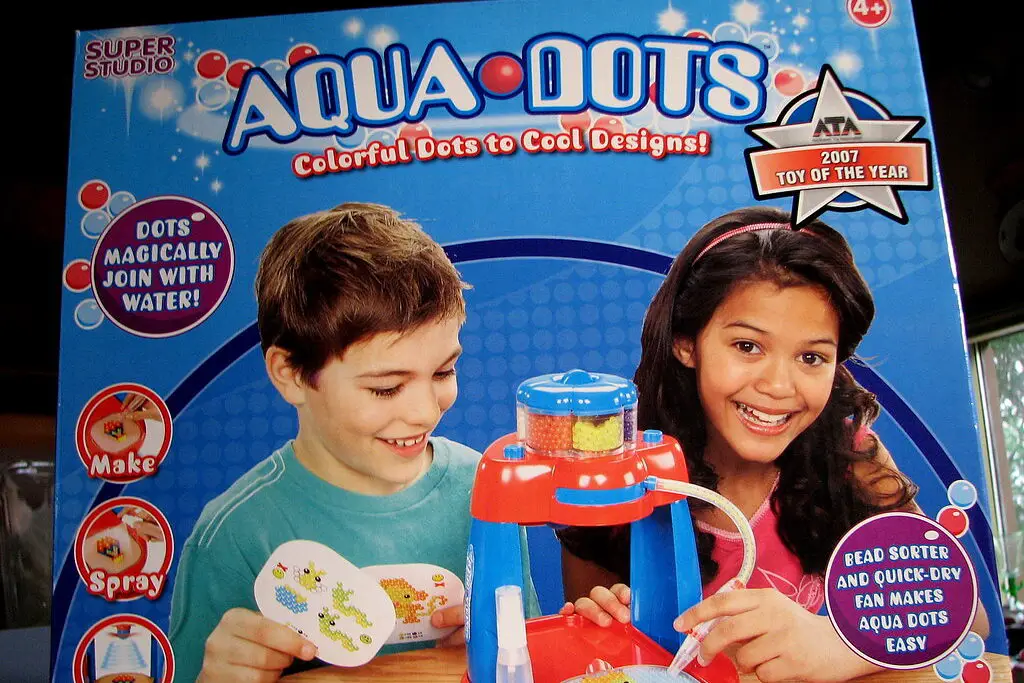
Aqua Dots, a craft toy that allowed children to create designs by spraying water on small beads, was a huge hit in the mid-2000s. The toy, however, took a dark turn when it was discovered that the beads contained a toxic chemical called GHB (gamma-Hydroxybutyrate), also known as the “date rape drug.” Children who accidentally ingested the beads became seriously ill.
The toy was recalled worldwide in 2007, with millions of sets being pulled off store shelves. The recall was one of the most alarming toy safety incidents of that year. While Aqua Dots were redesigned without the harmful chemicals, the initial danger made parents wary of similar craft toys for years.
5. The Rubik’s Cube (In the ’80s)
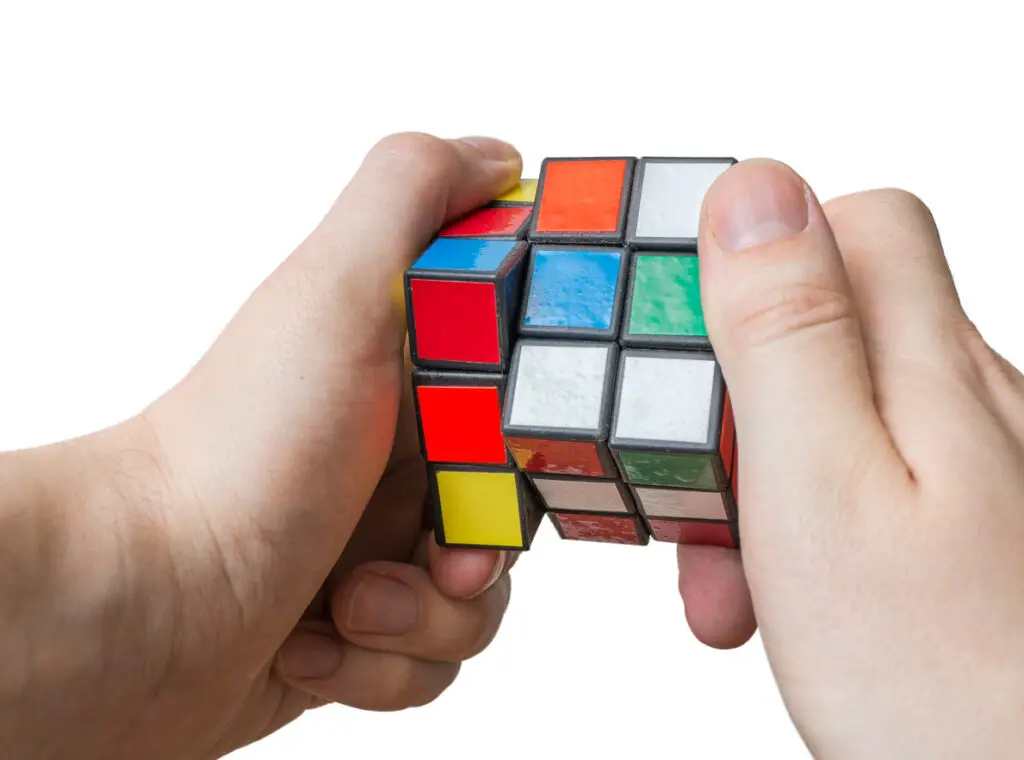
The Rubik’s Cube was a worldwide sensation in the ’80s, but it wasn’t long before the toy was linked to safety concerns. The issue wasn’t the cube itself but the small parts that could break off and be swallowed by young children. Parents found themselves in a dilemma: Was the educational value of the toy worth the choking hazard it presented?
After several incidents of children swallowing the smaller pieces, the toy faced restrictions. While the cube is still loved and cherished, its early versions were not up to the safety standards we expect today. The concern over its small, detachable pieces led to tighter toy safety regulations.
6. The Cabbage Patch Kids (Early Models)
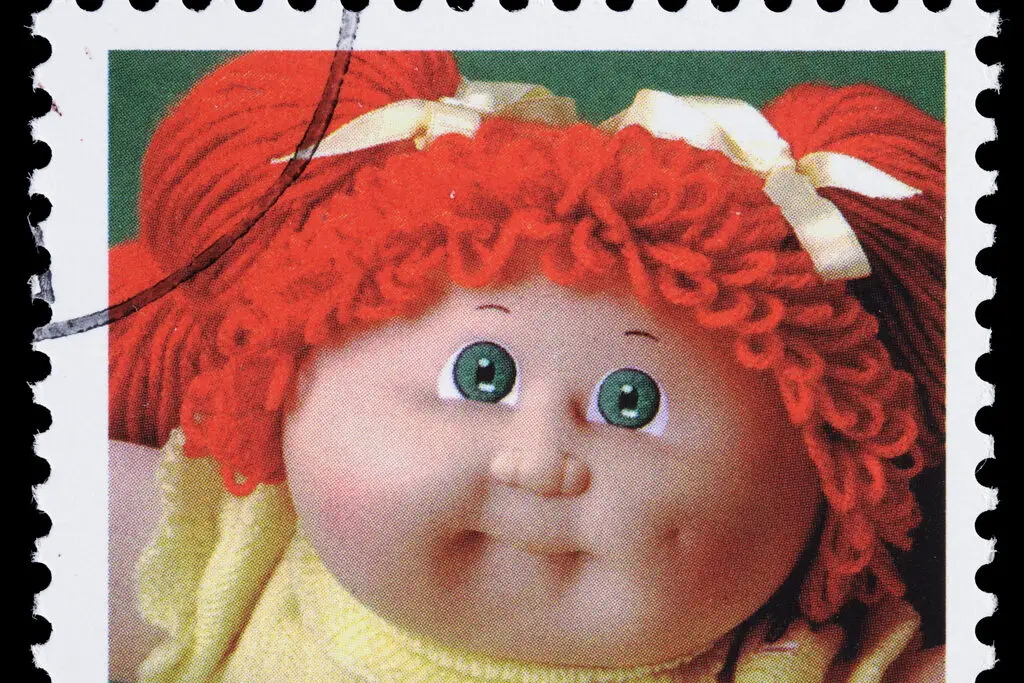
Cabbage Patch Kids took the world by storm in the ’80s, but the earliest versions were not as safe as they appeared. Reports of the dolls’ plastic faces breaking off, or the “sewn” heads coming loose, led to significant concerns about choking hazards. In some instances, the dolls’ parts were not securely fastened, which put children at risk.
As the demand for these toys grew, manufacturers struggled to keep up with safety requirements. In the face of widespread safety concerns, the dolls underwent several design changes. By the mid-’80s, better quality control and safety regulations were put in place to make the dolls safer.
7. The Star Wars: Ewok Village Playset
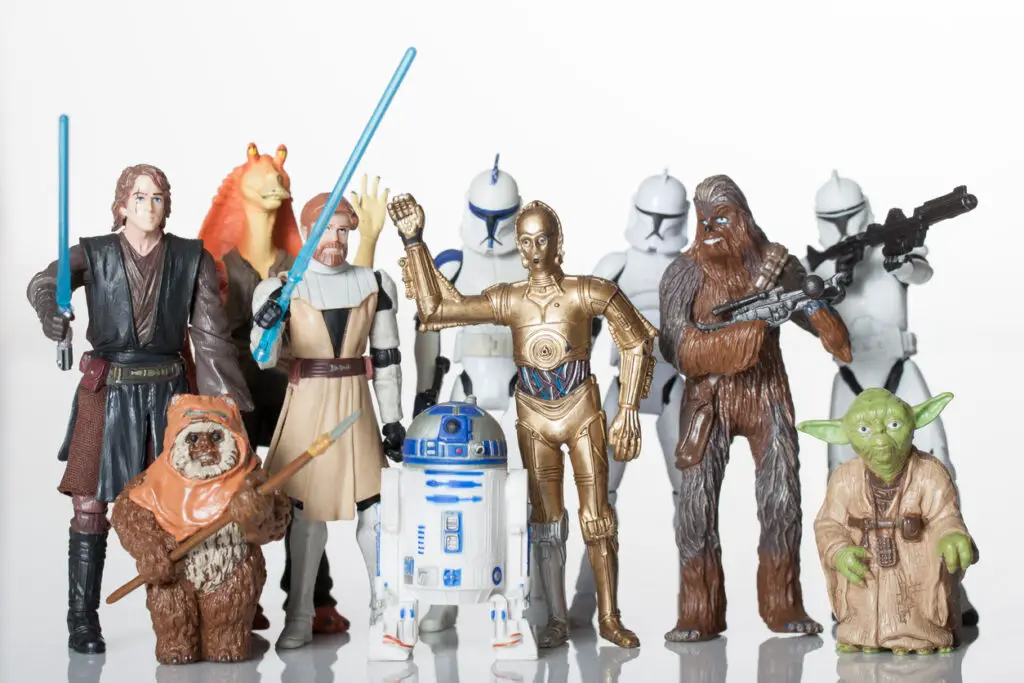
While most Star Wars toys were a hit, the Ewok Village playset, released in the early ’80s, caused more harm than good. A large, metal hook used to attach pieces of the playset was deemed hazardous. Children could easily injure themselves while handling the set, particularly if the hook caught onto clothing or skin.
After several reports of injuries and complaints, the Ewok Village playset was quietly pulled from shelves. The toy faced immense backlash from parents concerned about their children’s safety. Although Star Wars collectibles are still incredibly popular today, this particular playset didn’t make the cut for the long haul.
8. The Atomic Energy Lab

The Atomic Energy Lab, released in the ’50s, was marketed as an educational toy that allowed children to experiment with uranium. This toy came with a Geiger counter and a small amount of uranium ore, teaching kids how atoms worked and the concept of radiation. It wasn’t long before concerns about radiation exposure led to its ban.
The toy’s popularity quickly fizzled when parents realized it was a hazardous introduction to science. The Atomic Energy Lab represented the extreme end of dangerous toy trends, highlighting how manufacturers sometimes overlooked safety for the sake of novelty. The toy was recalled, but not before it had caught the attention of concerned parents and government officials alike.
9. The Shrinky Dinks
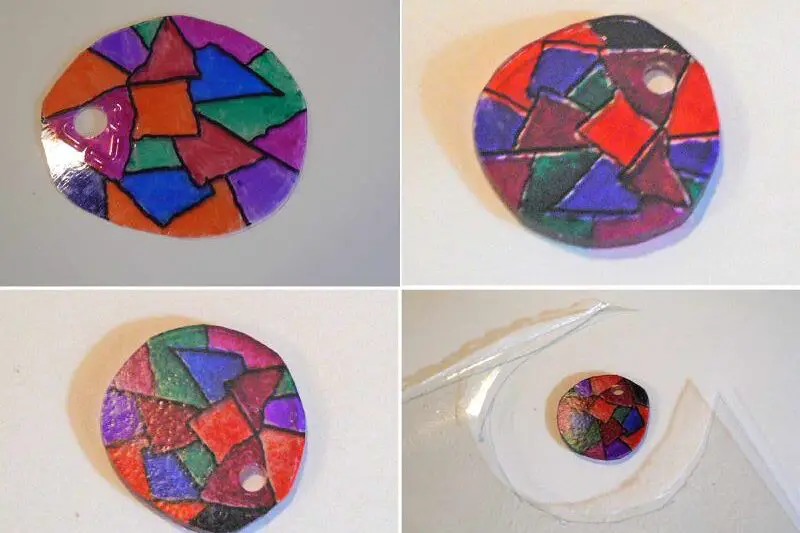
Shrinky Dinks were a wildly popular toy in the ’70s, allowing kids to bake plastic sheets to shrink them into colorful designs. While the fun was undeniable, the process involved placing the plastic in an oven, and the high heat could cause burns if not handled carefully. Many children suffered minor burns from touching the hot trays during the shrinking process.
While the toy was a favorite of many, the fire hazard and the need for parental supervision led to its decline in popularity. The toy was redesigned in later years with improved instructions to prevent accidents, but the early versions still hold a reputation for being a bit too dangerous for unsupervised play.
10. The Lawn Darts (Reissue)
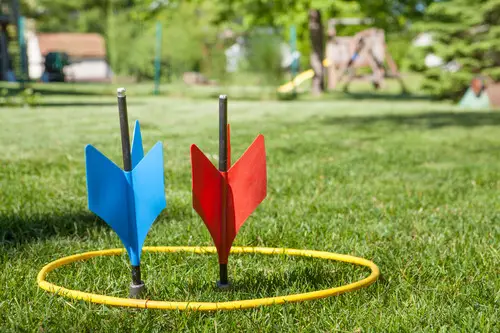
Lawn darts experienced a brief reissue in the ’90s after a redesign meant to make them safer. Unfortunately, even the new versions did not live up to safety standards, as the soft tips didn’t reduce the risk of serious injury. Lawn darts were known for their sharp tips, and even a slight miscalculation could lead to severe injuries, especially around children.
After additional incidents and reports of children being injured, the reissued lawn darts were banned once again. Despite the redesign, it became clear that some toys just couldn’t be made safe. The continued safety failures of lawn darts reinforced the importance of thorough testing and careful design.
11. The Jenny Toy
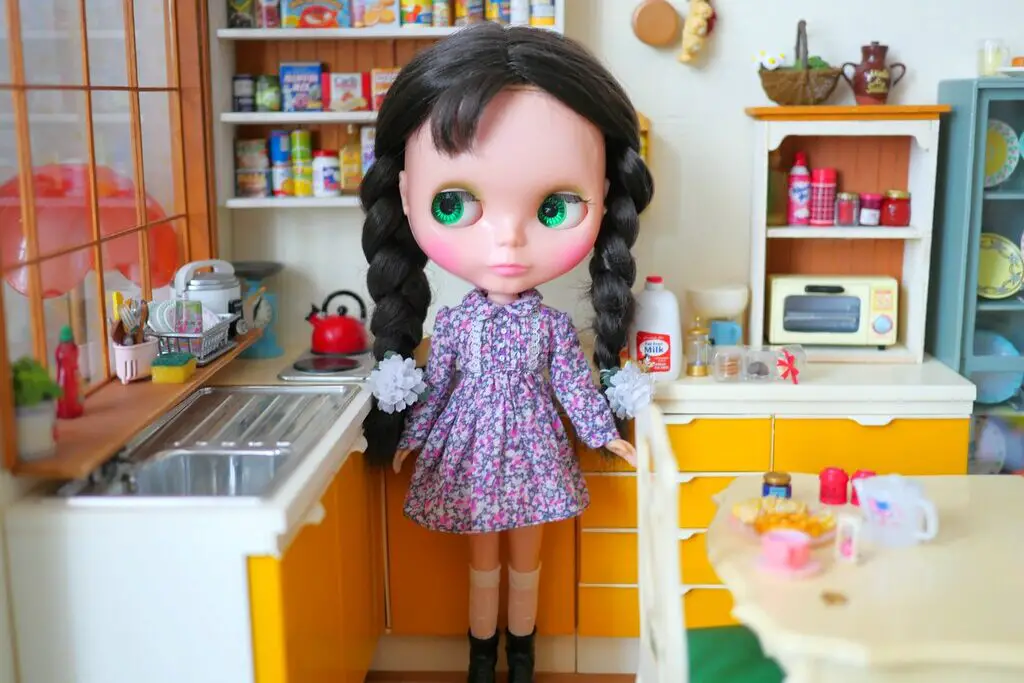
The Jenny Toy, released in the ’60s, was a small plastic doll designed to look like a young girl. It gained attention due to its remarkably lifelike appearance and movable parts. However, the toy’s hair, which was made from small, toxic fibers, became a huge safety issue.
After children began to suffer from allergic reactions and rashes from the doll’s hair, the toy was pulled from the market. The fibers were found to contain toxic materials that could cause long-term health issues. This shocking revelation led to Jenny’s swift removal from toy stores across the country.
12. The Slime
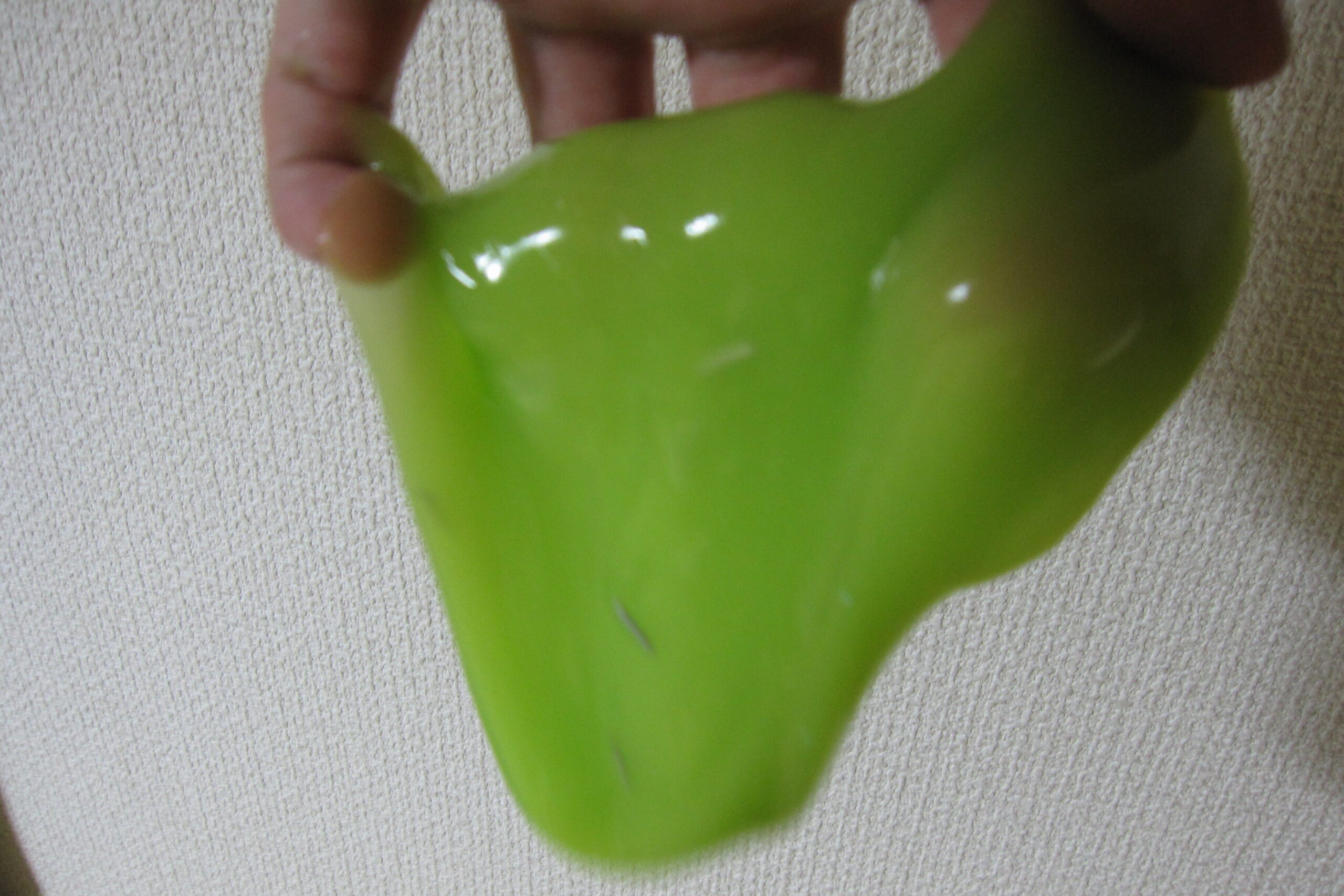
Slime was a beloved gooey toy of the ’80s, but its initial release included a mixture of chemicals that were later found to be toxic. Children often used the slime as a stress reliever or a sensory play tool, but many accidentally ingested the substance. The slime contained chemicals like formaldehyde that could cause skin rashes or worse if swallowed.
Once the issue became clear, Slime was recalled, and new formulations were introduced without the harmful chemicals. Despite the initial backlash, the popularity of slime has returned in recent years, though it’s now produced with safety in mind. The incident in the ’80s, however, remains a cautionary tale of how easily harmless fun can go wrong.
13. The Moon Shoes
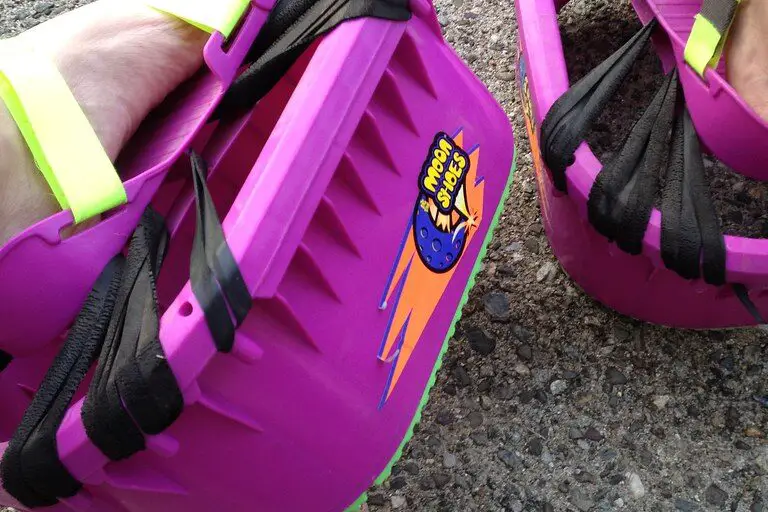
Moon Shoes, popularized in the ’90s, were miniature trampolines designed to be worn like shoes. These novelty toys allowed kids to bounce around, feeling as if they were walking on the moon. The problem was that many children became injured from excessive bouncing or tripping while wearing them.
Moon Shoes were banned after several incidents where children broke bones or sprained ankles. The inherent danger of wearing footwear that could cause kids to bounce uncontrollably led to the product’s recall. Though the shoes were fun, they were ultimately deemed too dangerous to remain in the marketplace.
14. The Hoverboard

The hoverboard craze took over in the mid-2000s, but the toys were quickly banned due to safety concerns. The boards were advertised as self-balancing scooters, but their design often led to tipping, crashes, and even fires. Reports of spontaneous combustion due to faulty batteries triggered recalls, and many retailers removed the hoverboards from their shelves.
Although the hoverboards were re-engineered in the following years, the initial models caused enough damage to create widespread concern. Parents were especially cautious, given the high-speed nature of the toy and the number of injuries reported. While hoverboards are still available today, their rocky history keeps some from trusting them fully.
15. The Fidget Spinner

Fidget spinners were all the rage in the late ’10s, marketed as a tool to help children focus and relieve anxiety. However, these small, spinning toys also posed a major choking hazard due to their removable parts, which could easily detach. There were several cases where children swallowed the small ball bearings or other pieces of the spinner.
The toy faced several recalls as safety concerns increased, particularly after incidents of young children choking on the small components. The spinners’ popularity plummeted as parents became wary of their dangers. Despite the recall, many companies continue to sell redesigned versions with safety features to prevent choking hazards.
16. The Pocket Knife Toy
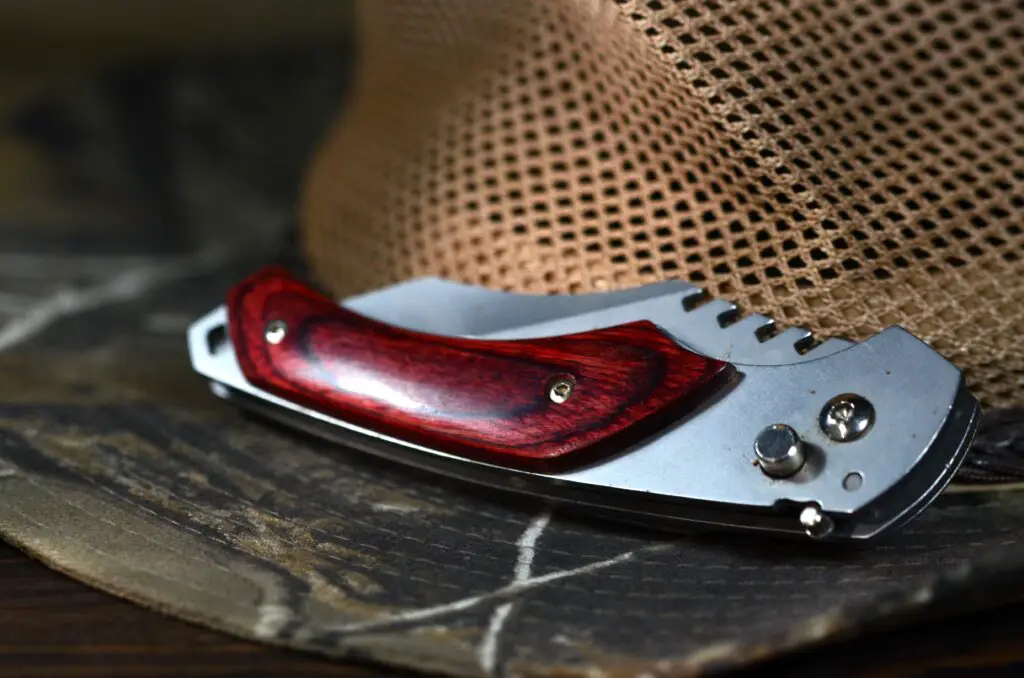
The pocket knife toy, popular in the 1950s, was designed to look like a real knife but with a plastic blade. Though it seemed harmless, many children used it to imitate real-life adults who carried knives. Unfortunately, these toys led to several injuries from misuse, with children accidentally cutting themselves while pretending to be grown-ups.
As concerns grew over children mimicking dangerous adult behavior, the toy was eventually banned. The toy sparked debates over the dangers of “pretend play” with hazardous tools. While pocket knives have always been a contentious item, this specific toy served as an example of how even the most innocent-looking objects could cause harm.
17. The Stretch Armstrong (Original Version)

Stretch Armstrong, the iconic rubber toy from the ’70s, gained fame for its ability to stretch and bounce back. The toy’s durability was impressive, but it contained a gel-like substance that was difficult to contain. Some kids who became frustrated with their toys’ limitations decided to puncture them, releasing the gooey insides.
The toy’s leak-proof design was quickly compromised, leading to mass recalls and a ban. Parents and stores worried about the toy’s integrity, especially with reports of the goo leaking into carpets and furniture. Despite being relaunched in a safer form, the original Stretch Armstrong is a reminder of how even a beloved toy can be marred by design flaws.
